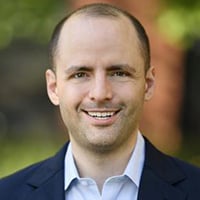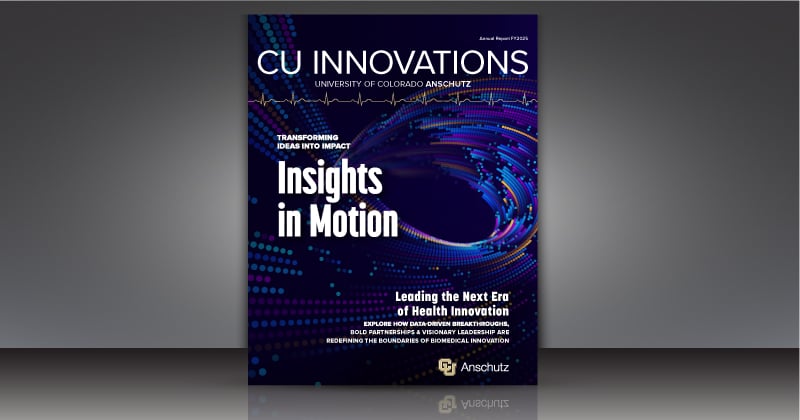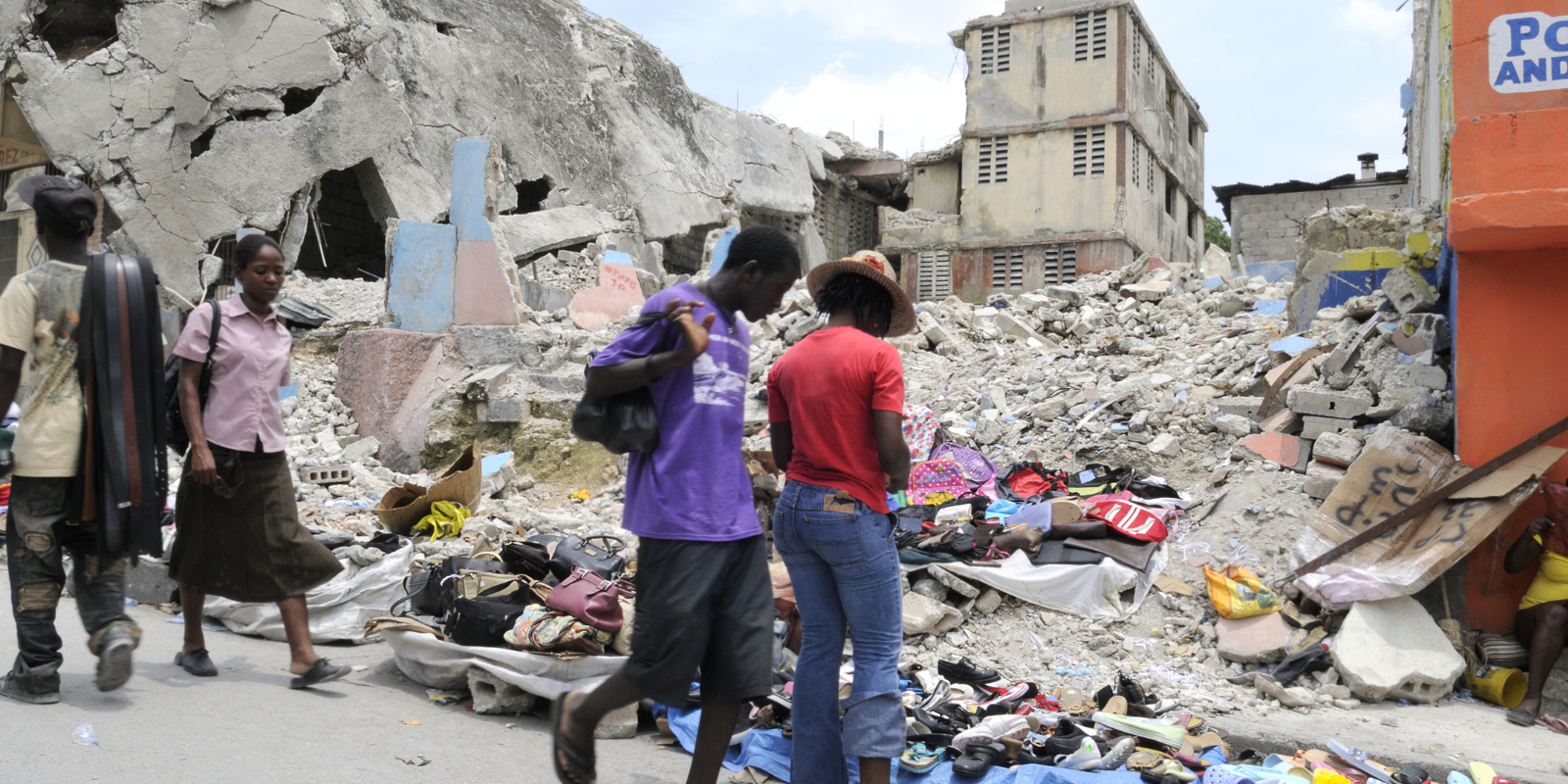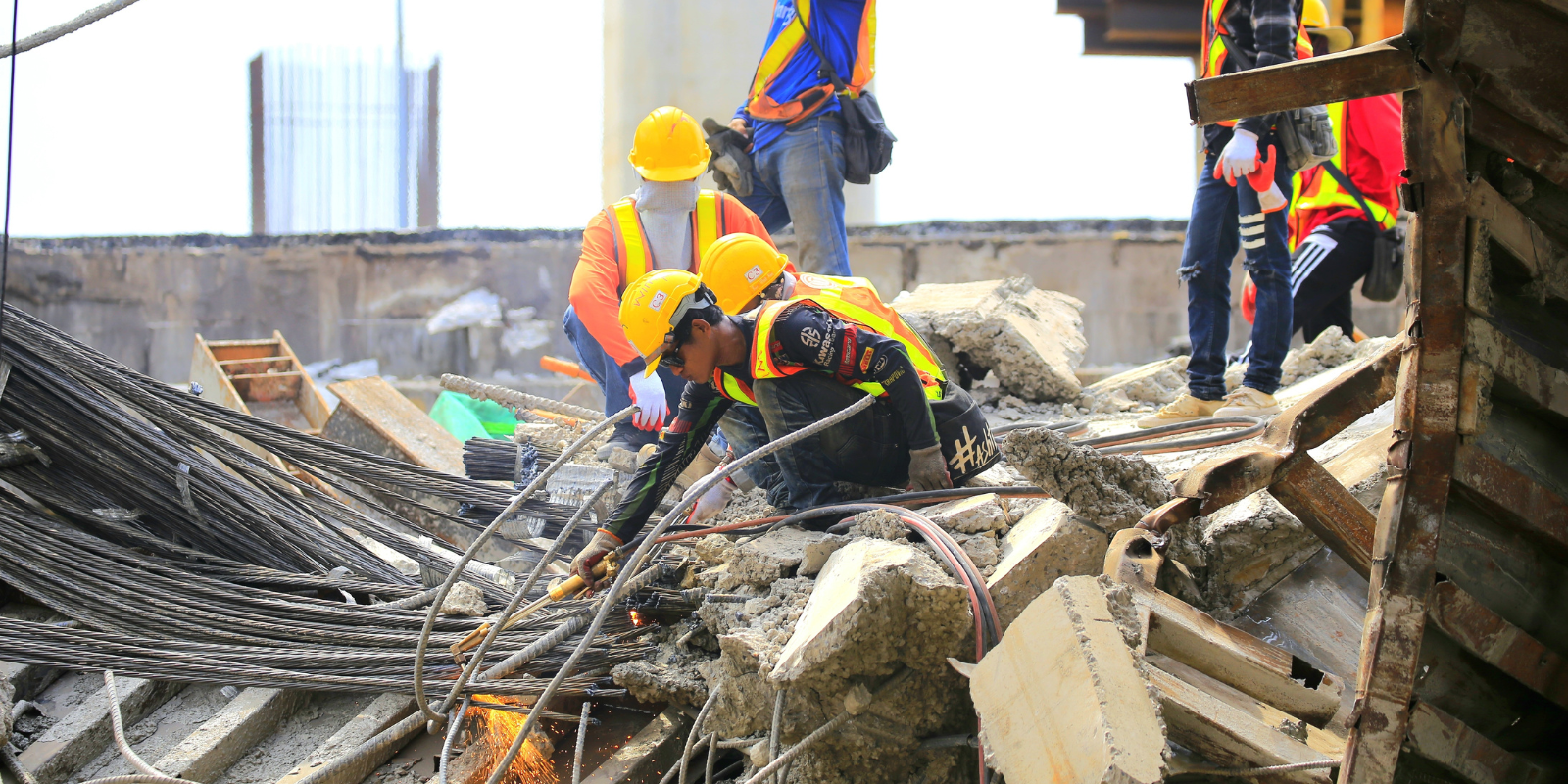What are some scenarios in military life that sometimes lead to PTSD?
The most common military-related, PTSD-inducing events – and the ones that tend to create difficulties around the July Fourth holiday – come from combat exposure. So rocket-propelled grenades, IED attacks, gunfire. But some veterans have PTSD from non-combat-related experiences, and I think that often gets lost. Veterans also get physically assaulted, sexually assaulted and in motor-vehicle accidents.
Would you define “mental health trigger” and offer examples other than fireworks for context?
External triggers are anything in the environment that can activate your five senses that brings you back to the moment that initially caused PTSD. There are certain things you hear, smell, taste, see or feel that bring back reminders of the traumatic event. So, a car door slamming or any loud, unpredictable noise. For some veterans, seeing other service members in uniform brings them back to their time. A lot of these are very idiosyncratic triggers.
Why are fireworks such a potent trigger for some people, and can it be more than just the loud bang that triggers symptoms, such as the smell of smoke, size of the crowds or darkness?
I think it’s all the above. A lot of veterans with PTSD, especially PTSD from recent wars, describe being in large open spaces as being also triggering. When they were in Afghanistan or Iraq, being in wide open spaces left them open to sniper attacks, and a lot of times fireworks shows are held in large open spaces. With the firework itself: It’s an explosion; there’s fire involved; there’s the smell; and then there’s also unpredictable timing.
Of course, if someone goes to a fireworks show, they can predict from 7 p.m. to 9 p.m. they are going to go off, but the veterans who are affected by this aren’t likely going to fireworks shows. They’re in their neighborhood, it’s silent for an hour and a half and then, boom, it comes out of nowhere. That unpredictability creates a lot of anxiety. If it’s happening on a random timeframe – on July first, on the fifth, during the day, late at night – the unpredictability can then in many ways resemble a warzone.
Will you share more about what happens mentally and physically when a person with PTSD experiences a trigger?
It can lead to, for some, a flashback, which is essentially feeling as if you are back in that environment that was so traumatic in the first place. It could cause someone to literally believe their life is in danger at that moment. It might lead to them taking cover on the ground or locking themselves in their closet.
Rapid heart rate, palpitations, sweating, a perceived loss of control is a lot of times what people describe: They may feel like they are going crazy, and that they can’t control their emotions and thoughts.
Should people with PTSD triggered by fireworks retreat to the back woods, for instance, to avoid re-traumatization, or should they expose themselves to fireworks for a therapeutic benefit?
It’s a difficult concept. I think of avoidance as the engine that keeps PTSD going. It works in the short-term. So if something’s painful and triggering, avoiding it makes it go away. But it doesn’t make it go away the next time. The body then becomes trained to realize, ‘Oh, I’m fearful of this. I avoid it. I feel better.’ But then it becomes cyclical, and the avoidance can take over someone’s life.
Whereas the treatments for PTSD focus on a gradual approach, gradually getting closer and closer to the thing that’s triggering, as a way to provide corrective information to the body or the mind that: This isn’t as dangerous as I thought. How to do that on the Fourth of July can be difficult, especially if a veteran’s not in treatment for PTSD.
What are coping mechanisms you can offer for this population for the upcoming holiday?
One strategy for in the moment is called grounding. Grounding is essentially activating body senses to remind you that you are here; you are safe. I think of grounding as the 5-4-3-2-1 technique. What that means is have the person literally, and the order here doesn’t matter much, name five things they can see, four things they can touch, three things they can smell, two things they can taste and one thing they can hear. Just going through that process brings people’s physiological response down.
Did You Know? A highly-rated application created by the Veterans Administration called PTSD Coach can help walk patients with post-traumatic stress disorder through coping mechanisms for self-care, among other things.
The second would be paced breathing, which is intentional breathing that has a formula, like 4-4-8, meaning you breathe in for four seconds, hold for four and breathe out for eight. The number doesn’t matter but the ratio does, so breathing out for longer than you breathe in activates the parasympathetic nervous system, which then calms the body. So breathing out slowly with pursed lips for a period – say, 25% or 50% longer than you breathed in – is a trick for calming.
And then the third recommendation would be, and this is hard for some people, to surround yourself with people you trust and love who can help you with these grounding and other exercises and remind you that you are here in Colorado, and you are safe.
Is there anything you would like to add?
I’ll emphasize that it’s not a direct link between veteran PTSD and fireworks issues. Most veterans don’t have PTSD. And if they do, it doesn’t mean they are going to have these issues around July Fourth. Also, if a veteran’s having these reactions to fireworks, it doesn’t need to be permanent. Treatment for PTSD can, and routinely does, fix that.





